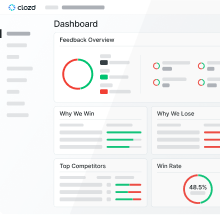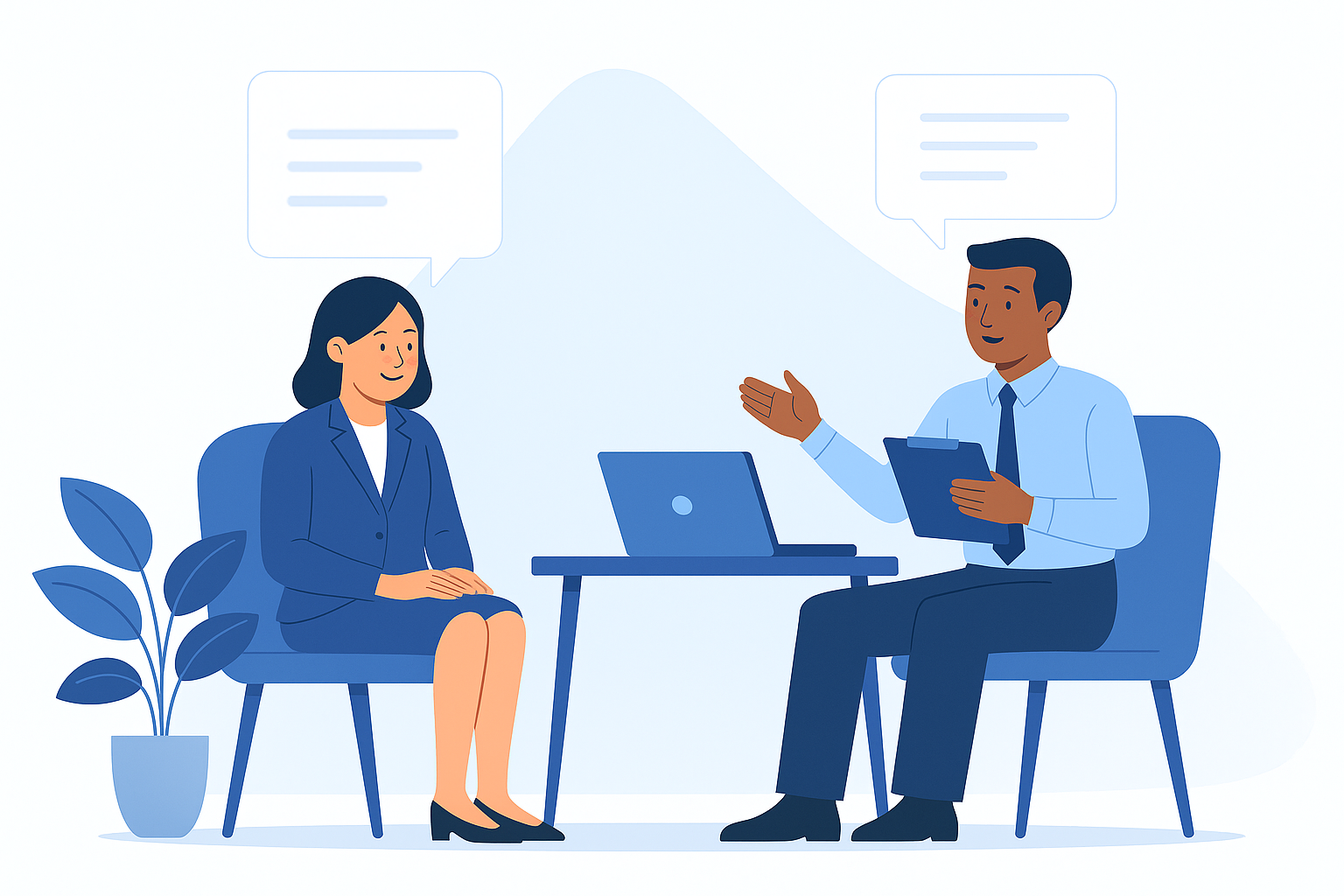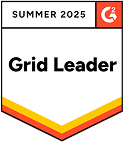
Together, Clozd and Pragmatic Institute surveyed hundreds of B2B companies on the current state of win-loss analysis and found that 79% were already doing some sort of win-loss analysis.
With a large majority of companies investing in win-loss analysis, the question becomes: how can you level up your current program to drive a more significant impact for your organization?
Andrew Peterson, co-founder of Clozd, gives four ways you can improve your win-loss analysis program.
#1 Level Up Your Data Quality
Ultimately, the value of win-loss analysis comes from the quality of your data—and the highest quality data comes from buyer/customer feedback rather than internal sources. Companies often rely heavily on internal feedback sources (which can still be extremely useful) but can only get you so far. They won’t get you complete answers about why you win and lose and will only give one perspective.
Be sure to promote candor and minimize bias when asking for feedback. The best way to do that is to involve a third party for feedback collection. Lastly, ensure your feedback approach is adaptive and probing—not scripted. Being flexible in your interviews will allow you to receive better, more detailed feedback.
#2 Level Up Your Pipeline Coverage
Many win-loss analysis programs start by covering one segment of the business, one region, one product line, etc. However, the best approach is to have your win-loss program cover as much pipeline as possible. The more feedback you receive means the better results you’ll get. Every closed won or lost loss deal needs to be surveyed to get the best data. A good example of this is Delta Airlines. They try to capture feedback from every passenger after every flight to drill down on their dataset to see where they can improve.
If you only collect feedback to hit a “statistically significant” number, you disallow yourself to be able to really drill down into specific segments, product lines, regions, etc., to see what areas need improvement. The best way to do this is to interview as many closed opportunities as possible, then survey the rest. The goal is to make sure you don’t leave any buyer untouched without an invitation to receive feedback. From there, you can augment buyer feedback with internal data (CRM, sales reps).
#3 Level Up Your Speed to Insight
Strive to set up your win-loss analysis program to where you invite feedback immediately after a deal is closed. This will increase the quality of insight as well as your participation rates. To help with this, automate the invitations by integrating with your CRM. From there, you should alert stakeholders immediately when feedback is received. Key stakeholders will be more interested in feedback from recently closed deals, and it’s easier to make timely and relevant changes.
#4 Level Up Stakeholder Engagement
It can be difficult to receive feedback that contradicts initial GTM/product/pricing strategy. If you receive buyer feedback like that, it’s essential to have your c-suite on board to help push through necessary changes. Plus, culture starts at the top. If your organization can culturally embrace transparency, you can all take the necessary action to get better where needed.
Lastly, leverage technology that can help you with widespread sharing of win-loss data in real-time, org-wide. Set up your program with tools so that your data can be available to everyone, in every department. That will enable them to have the right data points to make the best business decisions for each specific organization and the company.
Click here to learn how you can level up your win-loss analysis program.











.svg)










.svg)

.svg)




